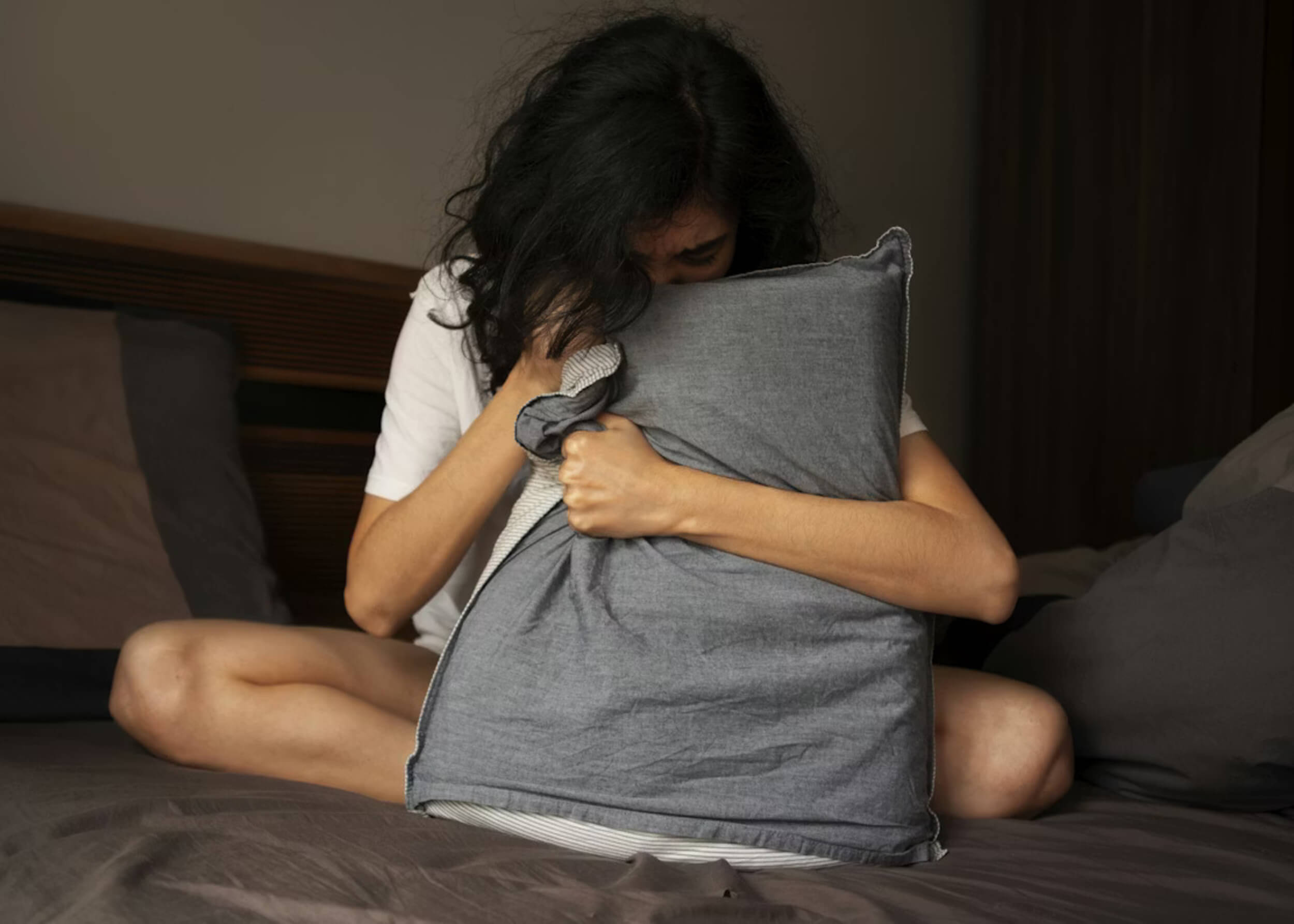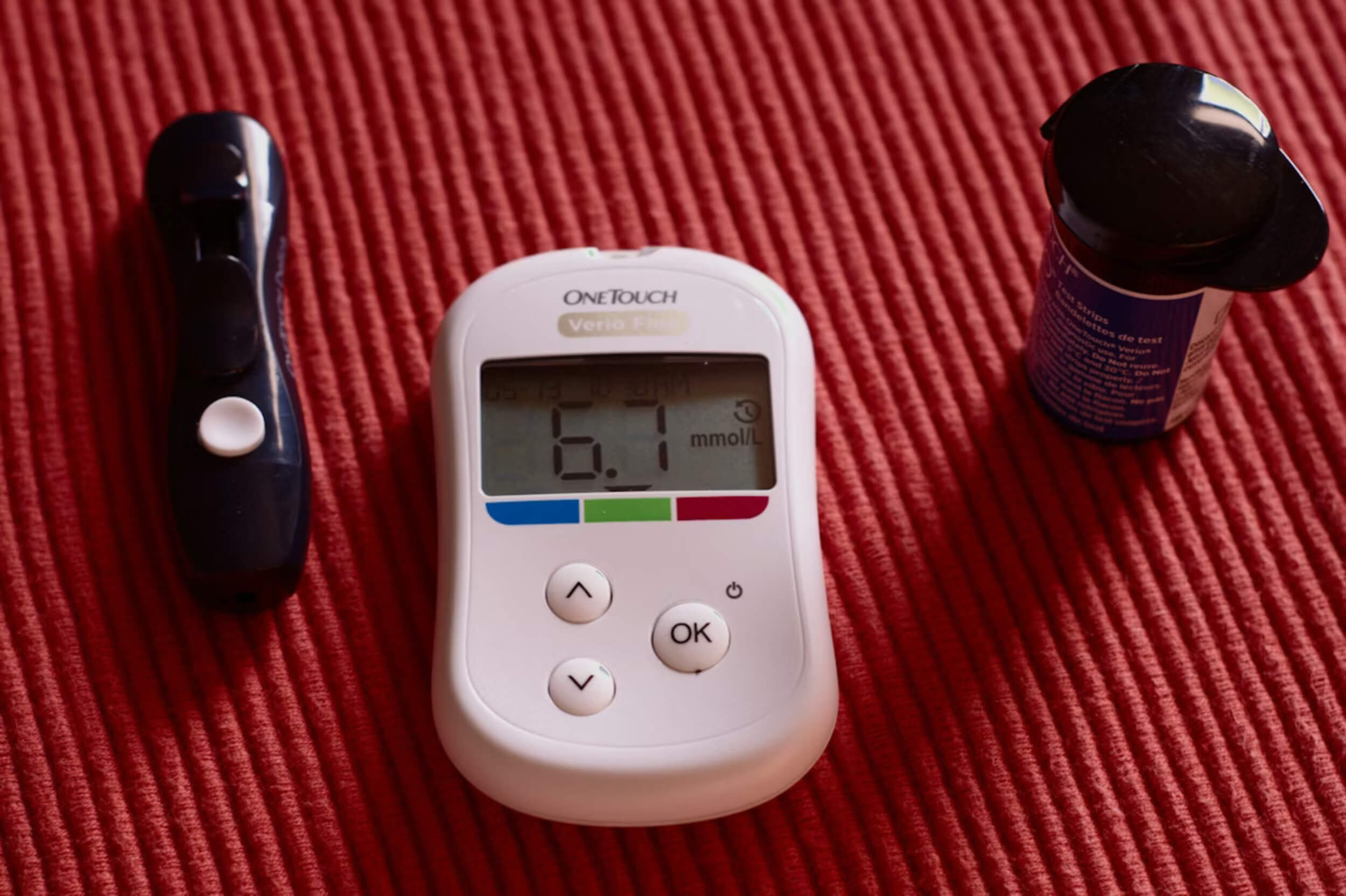Most people have heard the line, “You look tired,” after noticing dark circles under their eyes. While a late night can play a part, fatigue is only one piece of the puzzle. The truth is, there are several different causes of dark circles, and they don’t always mean you need more sleep.
Shadows under the eyes can make someone look older, stressed, or even unwell, even when they feel perfectly fine. For many, it’s not just about appearance—it can affect confidence and how they present themselves each day.
The good news is that dark circles usually aren’t a health problem. They often come from everyday factors like aging, genetics, allergies, or habits we might not even think about. In the next sections, we’ll break down the most common causes and share simple fixes that actually help lighten and prevent them.
What’s Really Happening Under the Eyes
Skin under your eyes is thinner than anywhere else on your face. Because of that, blood vessels and even small changes in skin tone can show through more easily. That’s one of the main reasons this spot looks darker when you’re tired, dehydrated, or have allergies.
Different people see dark circles in different ways. Some notice a bluish or purple shade because the blood vessels are more visible. Others see brownish tones caused by extra pigment in the skin. Age matters too. As you get older, skin becomes thinner, and shadows stand out more. Skin tone plays a role as well—darker skin may show more pigment, while fair skin makes veins easier to see.
Most of the time, circles under the eyes are not a sign of illness. They’re usually the result of everyday factors. Still, they can change how you look and how you feel about yourself. Knowing the real causes of dark circles makes it easier to tackle them with the right solutions.
The Real Causes of Dark Circles
1. Aging Changes Everything
Getting older means changes in the skin. The fat and collagen that once kept the under-eye area smooth start to fade. With less cushion, tiny blood vessels become easier to see, making the skin look darker. Hollow areas also form and create shadows, which can make circles more noticeable.
2. Your Family Genes
Dark circles often run in families. If your parents or grandparents had them, there’s a good chance you will too. This happens because genetics can affect skin thickness, natural pigmentation, or bone structure under the eyes. Even with plenty of sleep and good habits, inherited traits can still show up as circles.
3. Allergies and Stuffy Sinuses
When allergies strike, blood vessels swell and fluid builds up under the eyes. Sinus problems do the same, leaving puffiness and visible veins behind. Constant rubbing from itchy eyes also makes the skin more irritated, adding to the darkness. Treating allergies can help reduce this common trigger.
4. Skimping on Sleep
A short night doesn’t just make you tired—it shows on your face. Without enough rest, the skin can look pale and dull, which makes the blood vessels under your eyes stand out more. Shadows also form when your eyes appear puffier from poor sleep, adding to the look of circles.
5. Rubbing or Scratching Your Eyes
Frequent rubbing damages the delicate skin around the eyes. It can break small blood vessels and cause swelling, which makes the area look darker. People with allergies, dry eyes, or irritations tend to rub more, and over time, this habit makes circles harder to fade.
6. Too Much Sun, Too Little Protection
Spending time in the sun without protection can make your body produce more melanin, the pigment that gives skin its color. Under the eyes, this often shows up as brownish circles. Sun also weakens collagen, making thin skin even thinner, which allows shadows to form more easily.
7. Not Enough Water
When the body doesn’t get enough fluids, skin loses brightness and elasticity. Under the eyes, this dullness looks like deeper shadows or hollowness. Drinking water regularly keeps the area plumper and less sunken, which makes circles less noticeable.
8. Lifestyle Choices That Show Up on Your Face
Habits like smoking, high stress, or heavy drinking affect circulation and skin health. Smoking, in particular, speeds up skin aging, while alcohol dehydrates the body. Stress hormones also impact sleep quality and skin repair. Together, these choices make under-eye circles appear darker and more defined.
9. Missing Nutrients
Low levels of iron or vitamin B12 can make the skin paler, which makes blood vessels show through more clearly. This doesn’t mean everyone with dark circles has a deficiency, but in some cases, poor nutrition does play a role. Eating a balanced diet helps support healthier-looking skin overall.
10. Natural Shadows From Your Face Shape
Sometimes dark circles aren’t caused by skin color at all—they’re caused by natural facial structure. Deep tear troughs or hollow eye sockets create shadows, even if the skin itself is healthy. These types of circles often need different solutions, like fillers, since creams or home remedies won’t change bone structure.
Simple Fixes That Make a Difference
Some habits and tricks can soften the look of circles without much effort:
Quick At-Home Tricks
- Use an extra pillow to keep fluid from pooling under your eyes at night.
- Try a cold spoon or chilled cucumber slices to reduce swelling.
- Place used tea bags on your eyes—the caffeine can help shrink vessels.
- Use a concealer for a fast way to brighten the area.
Small Lifestyle Swaps
- Stick to a consistent sleep schedule.
- Drink water through the day.
- Take breaks to manage stress.
- Cut down on alcohol and quit smoking if possible.
Smart Skincare Moves
- Wear sunscreen daily, especially around the eyes.
- Choose eye creams with vitamin C, retinol, or niacinamide for brightening.
- Gently massage the under-eye area to boost circulation.
These simple steps address many of the everyday causes of dark circles, making them less noticeable over time.
When It’s Time to Call the Experts
Some circles don’t fade no matter what you try at home. That’s when professional care can help. Dermatologists or cosmetic doctors may suggest:
- Fillers for hollow tear troughs.
- Chemical peels or lasers for pigmentation.
- Platelet-rich plasma (PRP) to support skin repair.
Always check with a qualified doctor before starting treatments. They can explain what’s safe and what works best for your skin.
Dark Circles in Kids: What’s Normal, What’s Not
Children can have dark circles too. Most of the time, it’s from genetics, allergies, or even a common cold. Thin skin makes the area look darker in kids. Usually, it’s not serious. But if one eye looks swollen or if circles stay for weeks, it’s a good idea to check with a doctor.
How to Keep Dark Circles From Coming Back
- Sleep 7–8 hours each night.
- Drink enough water daily.
- Apply sunscreen around the eyes.
- Avoid rubbing or pulling the skin.
- Stick to gentle, nourishing skincare.
Prevention is about building habits. Many causes of dark circles can be managed by caring for your skin and body every day.
Final Take: Brighter Eyes Start With Small Choices
Dark circles are one of the most common skin complaints. They don’t always mean you’re tired—they often reflect genetics, habits, or normal changes in the skin. The important thing is they’re not usually dangerous.
Small steps like better rest, hydration, and daily sun protection make a big difference. If circles still bother you, medical options are available. With consistency and the right care, brighter and fresher eyes are within reach.















